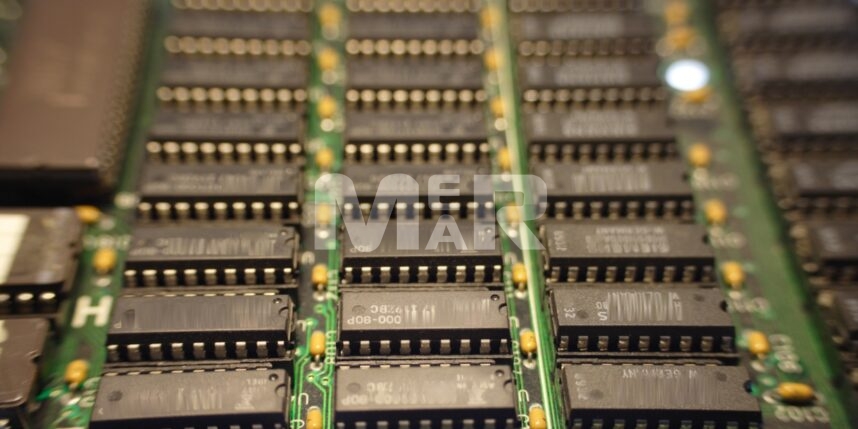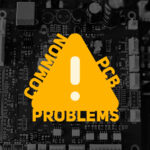What is PCB BOM? Effective Tips for Creating PCB Bill of Materials!

Before we look at how to create an effective Bill of Materials, it is worthwhile to look at what a BOM really is and what purpose it solves in an effective PCB manufacturing process.
What is PCB BOM (Bill of Materials)?
A Bill of Materials is a list of raw materials, assemblies and sub assemblies, components as well as other crucial items for product manufacturing. It is imperative that the BOM be highly accurate and detailed so that the boards are built to the customer’s satisfaction.
What are the details that a PCB BOM should include to make it effective?
Here is a list of components that an effective PCB BOM must have:
Part Number
In order to make sure that you have the exact parts, it is important to list the manufacturer’s part number. That way there is no chance of any confusion as each part number is unique.
Name of the PCB manufacturer
Similar to the part number, it is also important to list the PCB manufacturer name. It will also be prudent to see that the parts are available with the manufacturer as also to check the cost and delivery time. That way, you will not have to wait precious time looking for part replacements.
Part Specification
The description of each part such as its dimensions, color, voltage and more will also ensure that you do not land up ordering the wrong part.
Quantity
It is also important to take stock of the quantity required for each part. This information has a cost benefit, as you are able to avail of bulk discounts.
Type of procurement
Is the procurement happening off-the-shelf or is it custom made, is yet another information that needs to find place on the PCB BOM sheet.
Flexibility
It is helpful to categorize the parts and state how flexible you could be with that particular item. There could be some critical parts which you wouldn’t want the assembler to substitute, whereas the flexible parts are the ones that can be substituted, if necessary. It is therefore fine to label generic parts as being non-critical. For parts that you are flexible towards, it is also prudent to list some potential alternate parts. Although it will be good to indicate whether the alternate parts are the only acceptable substitutions or mere examples.
BOM Level
It is advisable to have the PCB BOM at multiple levels to represent the main and sub assembly. This can go a long way to help users understand the PCB assembly.
Supporting Files
It is important to have the supporting files in lace. These include but aren’t limited to:
- CAD Files
- Data Sheets
- Diagrams, and more
Reference Designator
A unique reference designator is needed so that it is clear where each piece fits on the board. By ensuring that this designator is the same as the label used on the design documents, cross-reference is made easy.
Placement Method
The placement method that the project will use also needs to be documented. The method, whether through-hole or surface mount, will describe how each part attaches to the board.
Board Layer
This will indicate the layer on the board on which the component will be placed.
Points
It is important to notate the number of connection points that the component has on the board. It is also advisable to include the footprint of each part.
Comments
This is the section where you can leave any important comments and notes that will come in handy to the assembler.
Other than the above components, here are some handy tips to create an effective PCB Bill of Materials:
- Remember to customize the BOM to the unique needs of your project.
- Use a template from the company with which you are working so that there are no accessibility issues or any issues to do with incompatible files.
- Ensure you include the right number of details so that the PCB BOM is clear and does not have any ambiguity.
- Double-checking the information before the BOM is sent is another effective practice as you should not have to pay for small mistakes.
- You also must ensure that you keep track of changes, if any, to the BOM. It is best to label each version correctly and to ensure that the latest version is in use. Ensuring that the BOM does not have editing rights can also ensure that there aren’t any accidental changes.
- Last, but definitely not the least, as much automation as you can include in your BOM management, can help you easily identify discrepancies. It will also make import and export that much easier.
Mer-Mar Electronics is an ISO 9001:2015 certified company and ITAR (International Traffic in Arms Regulations) compliant manufacturer that delivers one-stop printed circuit board manufacturing services with specialized support, reliable testing, and multi-functional features. Our consistent quality and quick turnaround time endear itself to our customers, who look on us as a one-stop-shop for all their PCB requirements. To know more contact us at sales@mermarinc.com or call us at (760) 244-6149.








